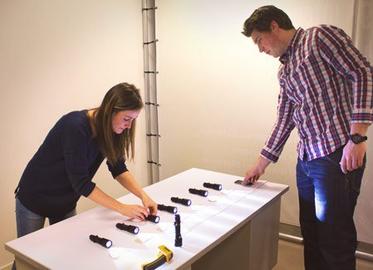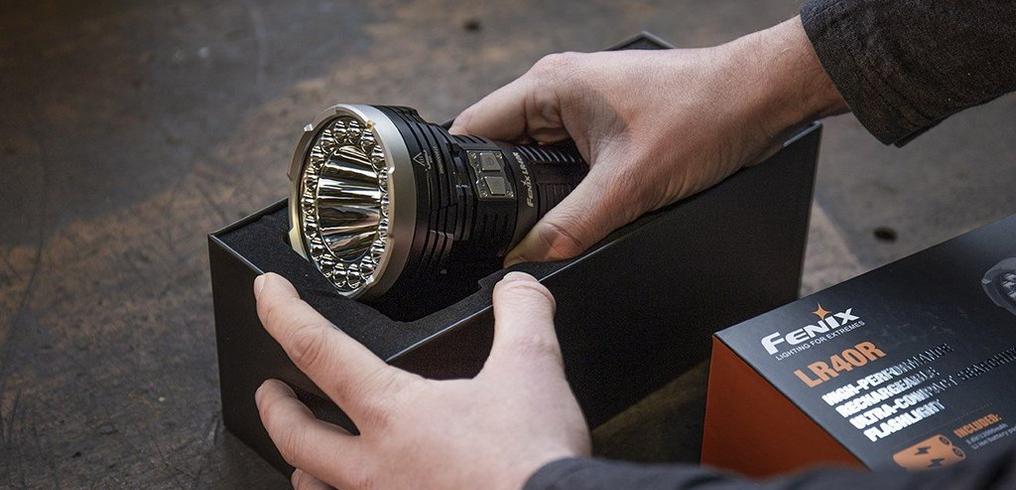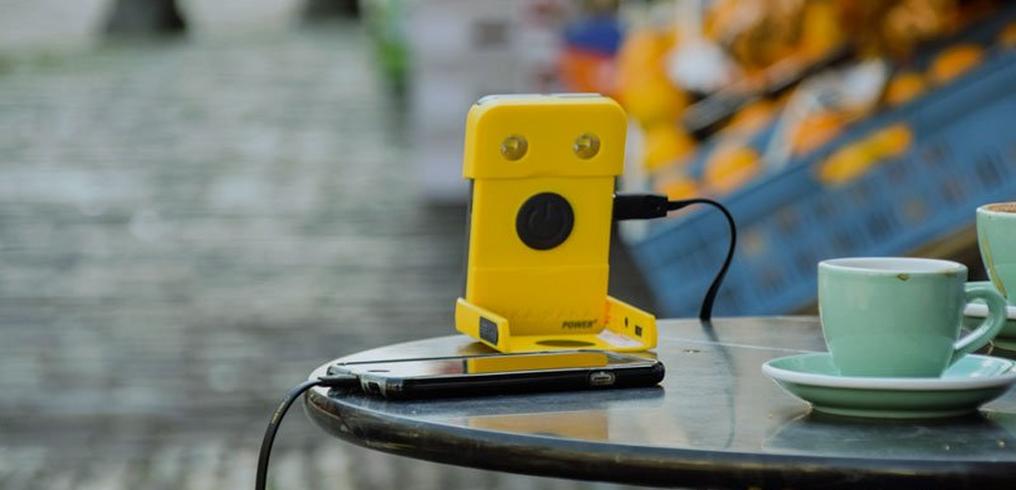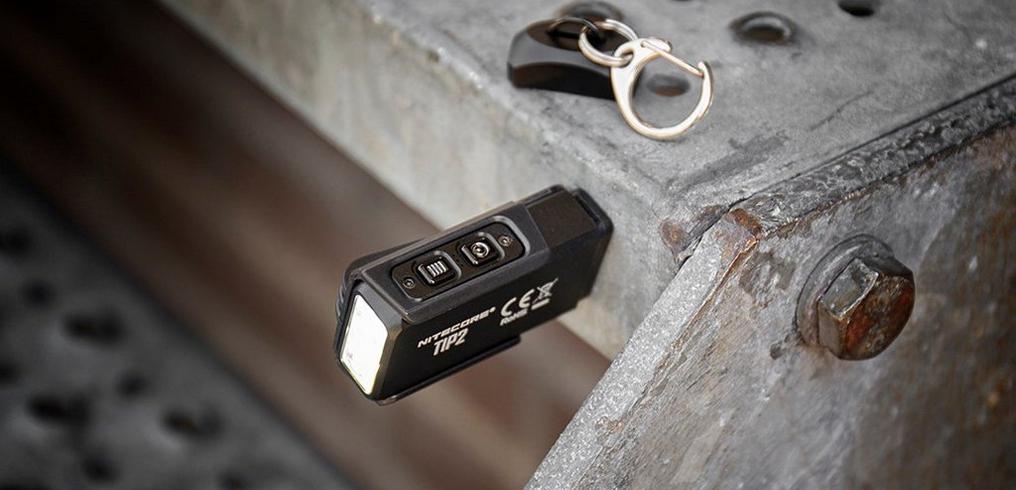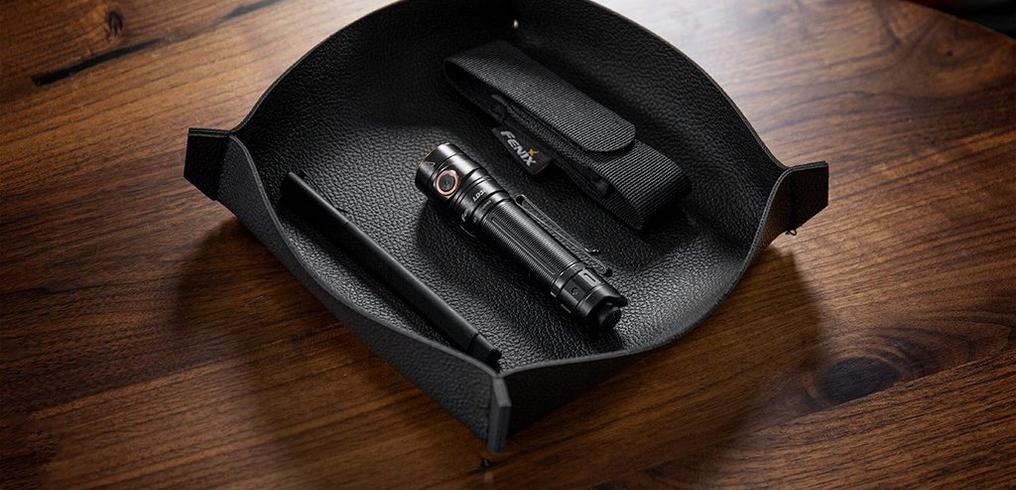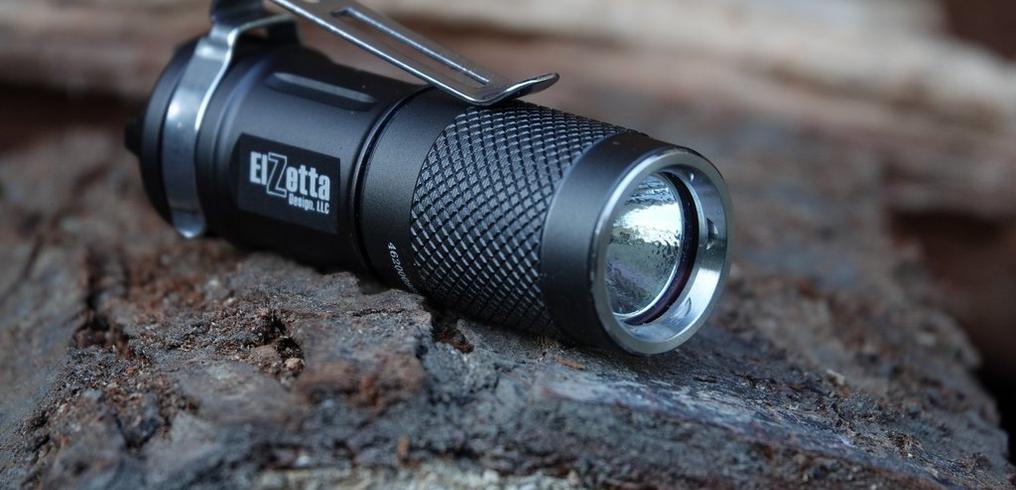Durability test 18650 accumulators and CR123A batteries
When do you opt for a 18650 lithium ion (Li-ion) accumulator? And when is a CR123A lithium battery the smart choice? We did the test!
Can you replace a CR123A battery with a 18650 battery?
It is unfortunately not possible to replace a CR123A battery with a 18650 battery. The 18650 is namely twice as big as a CR123A battery. It is, however, possible to replace one CR123A battery with a 16340 battery, because it is the right size.
Is a 18650 battery the same as a CR123A battery?
No, the 18650 battery uses lithium-ion cells and can therefore be recharged. The CR123A uses lithium cells, an older and non-rechargeable cell-construction with a larger capacity. The main difference is therefore how you charge it. The lithium-ion will also gradually lose a bit of its capacity.
18650 vs. CR123A: differences between the batteries
18650 accumulators
These accumulators are rechargeable, have a larger capacity and are therefore cheaper in regular use. It is sensible to store 18650 accumulators that are not in use in an Eden protection box. That prevents short-circuits and protects the film around the cells.
CR123A batteries
These lithium batteries are not rechargeable and are always ready to use. An important advantage is that they can be stored for a long time (think 10 years) which makes them ideal for occasional use or for use in lamps that can only be used in emergency cases.
RCR123A accumulators
These are rechargeable CR123A accumulators. Because we often are asked for these accumulators we included 2 brands in this test. However, we do not stock those accumulators. The maximum power those accumulators can provide is insufficient for many modern lamps. And it is unclear what the origin is of the cells in the available models. And that seems not without risk. We have experienced exploding cells.
The torch used: the Fenix TK11
We have selected the Fenix TK11 for this test. It can be used both with CR123A batteries and a 18650 accumulator. It has an average light output of 258 Lumen and therefore no extreme stress on the accumulators should be expected.
We have put 7 different batteries and accumulators in a new Fenix TK11 torch and tested how long they work. We have measured the light output of the torch at 1 metre distance, every 10 minutes. We have also measured the temperature of the lamp head.
The graph clearly demonstrates that there are significant differences between the life of the various batteries and accumulators. The life varies from more than 1 hour for the RCR123A accumulators with a capacity of 750 mAh to more than 3.5 hours for the Eden 3400 mAh 18650 accumulator.
The small fluctuations in brightness stay within 2 to 3 percent and fall within the measuring accuracy.
The measured temperature varies (after heating of the lamp) between 38 and 42 degrees Celsius. We think there is no relevant conclusion to be drawn from this. That's why the temperature is not included in the graph.
However it is visible that the indicated capacity cannot be directly calculated in terms of life. You could expect that (based on the same lamp). Apparently the definition of the capacity by the manufacturer differs considerably.
Conclusion
- The smaller CR123A batteries are only recommended for occasional use. For more intensive use than fifteen minutes a week, it already is cheaper to switch to a 18650 accumulator (based on a life of 3 years of a 18650 accumulator and including the purchase of a charger that usually lasts longer than 3 years).
- For intensive use the high capacity of the Eden 18650 3500 mAh is recommended for its long life.
- For less intensive use (think less than 2 hours) a 18650 accumulator with a smaller capacity like the Eden 2600 mAh should be considered to save costs because extra charging is no problem with these accumulators.

